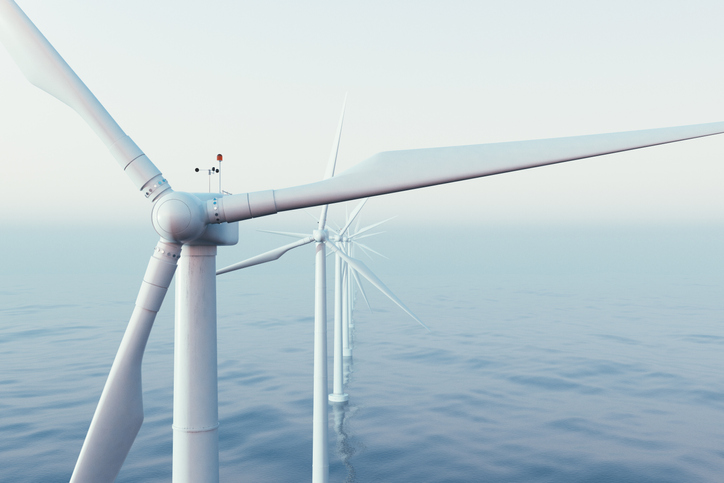Wind energy is electric power generated by wind-driven turbines. The wind turns the turbine blades, which turn a drive shaft that connects to a gearbox that converts the rotor power, turning an electric generator, which produces electricity that is sent to the grid. In direct-drive turbines, the gearbox is left out and the rotors directly stimulate the generator. In both cases, electricity is generated when the blades spin.
Wind turbines can be placed on land, offshore in the form similar to onshore towers, or on floating structures for deeper water applications.
Wind energy currently accounts for approximately 9 percent of net electricity generation in the United States. According to 2020 data, wind accounts for 5.3 percent of worldwide electricity generation, and 2.2 percent of total global energy, which includes transportation and heating. The top three countries with the largest amount of wind energy are China with 328.97 gigawatts (GW) installed wind energy capacity, the United States with 132.74 GW, and Germany with 63.76 GW.
Download

